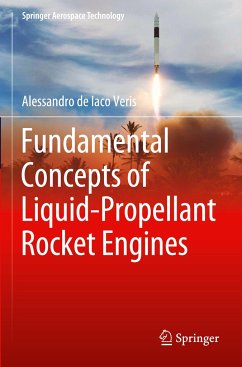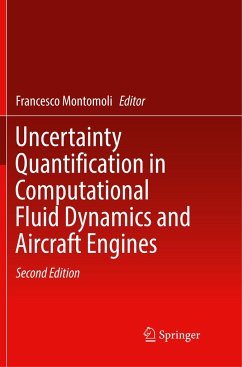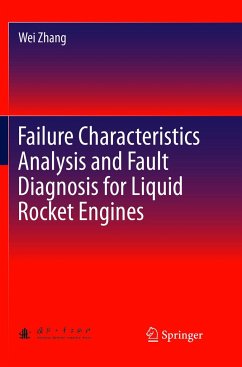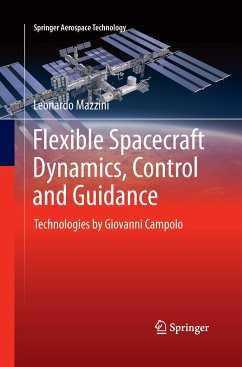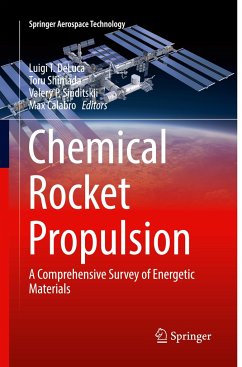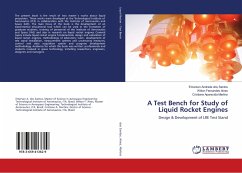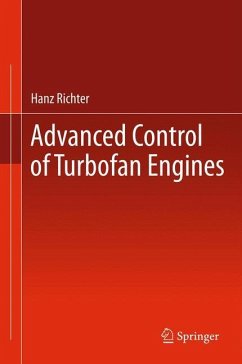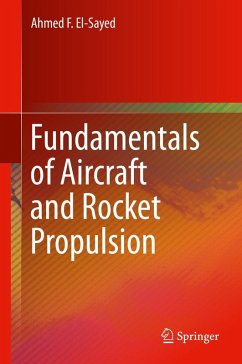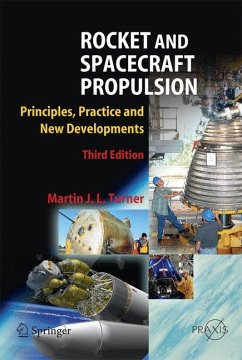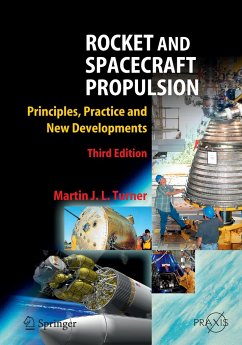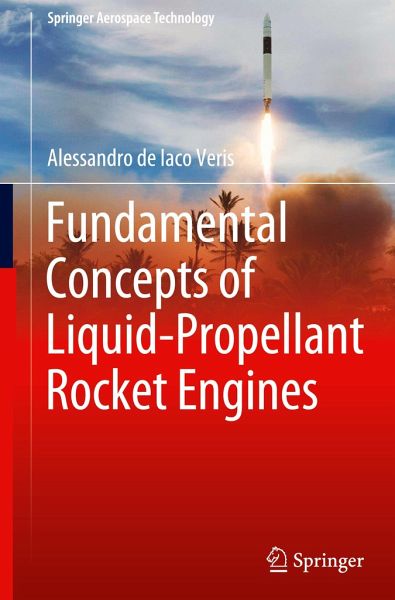
Fundamental Concepts of Liquid-Propellant Rocket Engines
Versandkostenfrei!
Versandfertig in 6-10 Tagen
43,99 €
inkl. MwSt.
Weitere Ausgaben:

PAYBACK Punkte
22 °P sammeln!
This book is intended for students and engineers who design and develop liquid-propellant rocket engines, offering them a guide to the theory and practice alike. It first presents the fundamental concepts (the generation of thrust, the gas flow through the combustion chamber and the nozzle, the liquid propellants used, and the combustion process) and then qualitatively and quantitatively describes the principal components involved (the combustion chamber, nozzle, feed systems, control systems, valves, propellant tanks, and interconnecting elements). The book includes extensive data on existing...
This book is intended for students and engineers who design and develop liquid-propellant rocket engines, offering them a guide to the theory and practice alike. It first presents the fundamental concepts (the generation of thrust, the gas flow through the combustion chamber and the nozzle, the liquid propellants used, and the combustion process) and then qualitatively and quantitatively describes the principal components involved (the combustion chamber, nozzle, feed systems, control systems, valves, propellant tanks, and interconnecting elements). The book includes extensive data on existing engines, typical values for design parameters, and worked-out examples of how the concepts discussed can be applied, helping readers integrate them in their own work. Detailed bibliographical references (including books, articles, and items from the "gray literature") are provided at the end of each chapter, together with information on valuable resources that can be found online. Givenits scope, the book will be of particular interest to undergraduate and graduate students of aerospace engineering.





